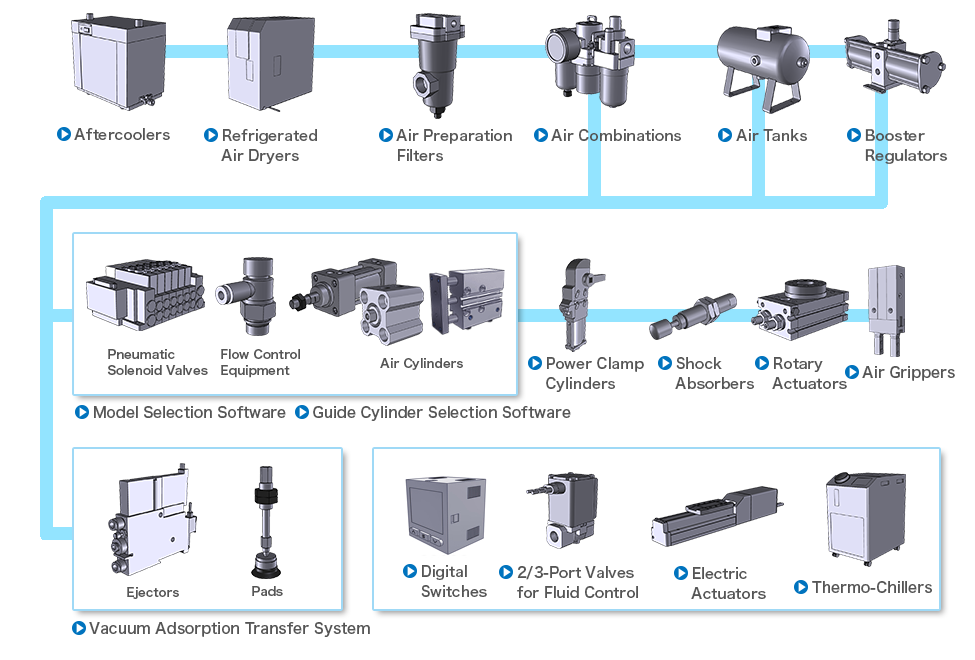Pneumatics is that the field handling the tools and applications supported pressurized air or gases. Pneumatic tools, machines and systems differ from their electrical and hydraulic counterparts on the idea of the drive . While electrical tools work on electricity and hydraulic tools using pressurized liquids, pneumatic tools make use of compressed gas or gas.
There are popular examples like pneumatic cylinder, sander, grinder, screw gun, nail gun and wrench that are widely used for domestic and industrial applications. the convenience of use and safety related to these tools make them extremely popular. Here are the sections discussing differing types of tools supported atmospheric pressure , along side the work mechanisms of every .
Basic Working
It is a well known incontrovertible fact that stored air or gases have P.E. which is converted into K.E. once they are compressed. compressed gas or gases attempt to expand, thereby forcing the piston to maneuver with an excellent force. This force of the pressurized gases forms the idea of pneumatic tools. A pneumatic cylinder is that the simplest example of understanding the mechanism. In fact, the cylinders in several shapes crammed with air or gases like CO2 are attached to other pneumatic tools to perform the specified functions.
Pneumatic Guns
Air guns supported the principles of pneumatics are popular for nailing and using screws at a powerful speed. The earliest sorts of nail guns were supported atmospheric pressure utilization only. aside from building construction, woodworking and carpentry are other fields during which these tools are of great advantage. Pneumatic screw guns are used for fast feeding of screws for various applications.
Pneumatic Cylinders
A pneumatic cylinder are often found in many various types, like single-acting cylinder, double acting cylinder, rotary air cylinder, rod-less air cylinder and telescoping cylinder. These cylinders are preferred for several reasons that include noise-free operation and elimination of the necessity to store liquids, as within the case of hydraulic cylinders. An air-based pneumatic cylinder is additionally clean and environment-friendly as any leakage from it doesn't pollute the environment .
Pneumatic Sprayers
These tools are popular for being capable of coating large surfaces with paint within short duration. Their work mechanism is sort of almost like that of pneumatic guns. Moreover, differing types of nozzles are often utilized in these tools to vary the speed of spraying the paint.
Other Tools
Pneumatic actuators are the tools consisting of parts like pneumatic cylinder, piston and valves and are utilized in the applications like oil refining and chemical industries. Another popular category is that of pneumatic drills which is widely preferred over those supported electric motors lately . Grinders, wrenches and sanders are other popular tools supported pneumatics. a number of the opposite categories gaining popularity with the manufacturing and other industrial units include air compressors, air brakes, pneumatic bladder, pressure sensor and pressure regulator.
Manufacturers of those tools are arising with improved versions to facilitate the requirements of domestic also as industrial users. These tools are traded among different countries and regions round the world using online business directories



Komentar
Posting Komentar